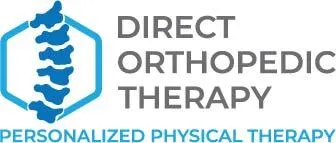Back discomfort from a pinched sciatic nerve is common and affects many people. The sciatic nerve extends from the lower back to each of the legs, so it’s common for people with Sciatica to feel pain shooting down their legs.
Surgery is an option to treat Sciatica, but it’s not ideal. Actually, Sciatica can be cured with simple physical treatment, which most people prefer invasive and expensive surgery.
You’ll be able to get stronger with physical therapy for Sciatica rather than surgery, which is only useful in the short term and may necessitate additional treatment or operations in the future if the pain returns.
Come to have your therapy…
What to expect during physical therapy for Sciatica treatment:
In your initial physical therapy session, the therapist reviews your medical history and lifestyle habits and inquires about your sciatica symptoms. They may enquire about the onset of Sciatica if an injury or specific incident was to blame, and how active you were before experiencing low back and leg discomfort.
You may then be asked to do simple exercises to assess your range of motion, posture, reflexes, and ability to move. If you’re asked to do anything like this, be prepared to do it in various ways. They also watch you walk. During this specific part of the exam, you are provided with a baseline assessment of your current state and how sciatica affects your everyday activities.
After your evaluation, your physical therapist will create a customized treatment plan for you. Your active and passive therapy plan will be tailored to meet your specific needs. When the discomfort in your back and legs lessens and becomes more manageable, stretching and strengthening activities can be incorporated into your treatment plan.
Passive physical therapy treatments for Sciatica involve the following:
- Deep tissue massage
- Transcutaneous electrical nerve stimulation
- Ultrasound.
Active Physical Therapies for Sciatica Treatment:
- Hydrotherapy
Conclusion:
Your physical therapist may also help you understand how to rectify your posture and implement ergonomic concepts into your daily activities to better protect your spine from the stresses and strains of everyday life. In addition, Sciatica can be avoided by making simple changes to your everyday movement habits.
Physical therapy is not a miracle and quick cure and may take several weeks to reach the desired outcomes, like many other treatment options. Therefore, in-clinic and at-home exercises will likely be part of your treatment regimen.


